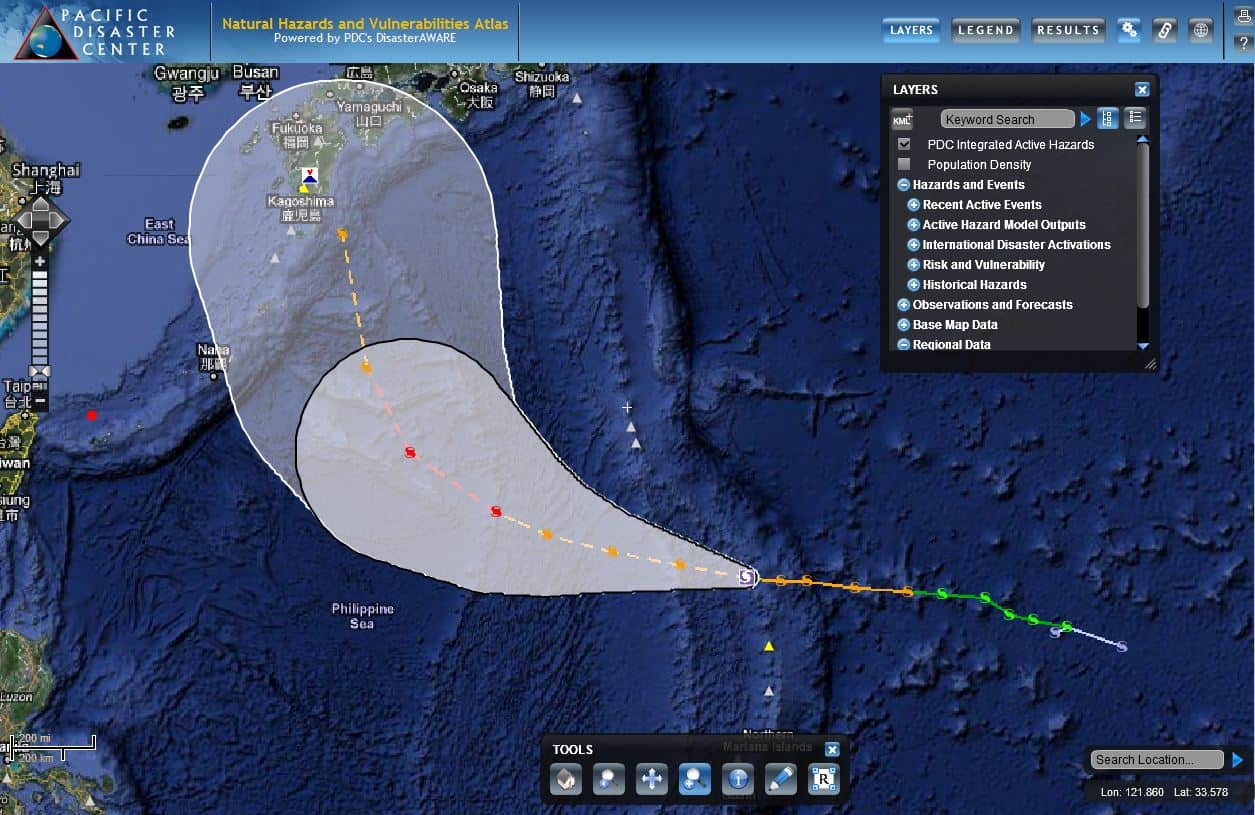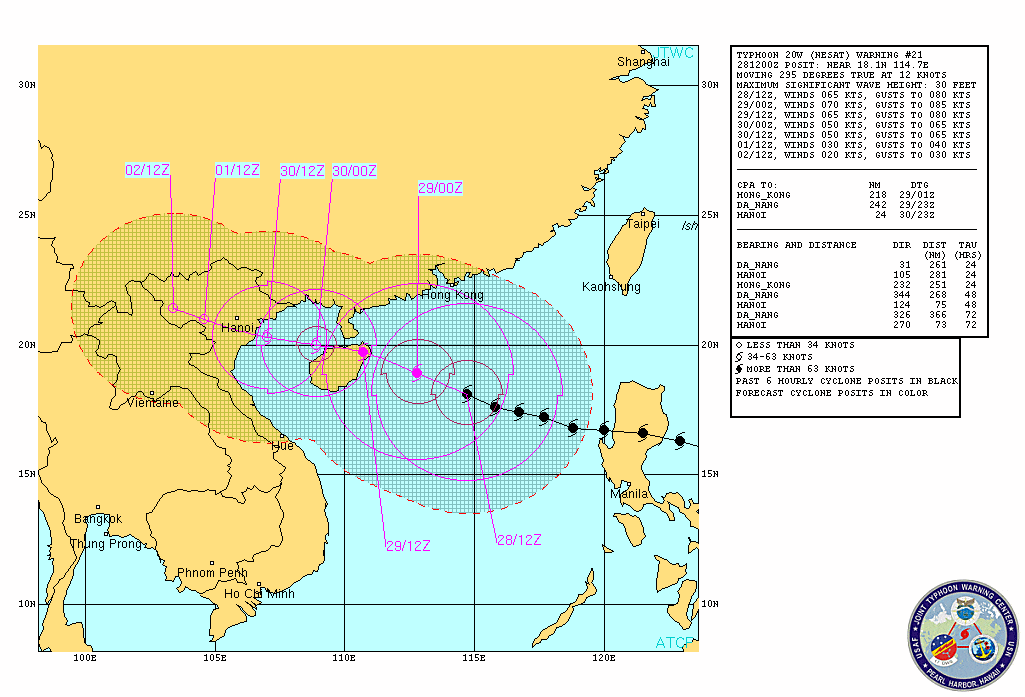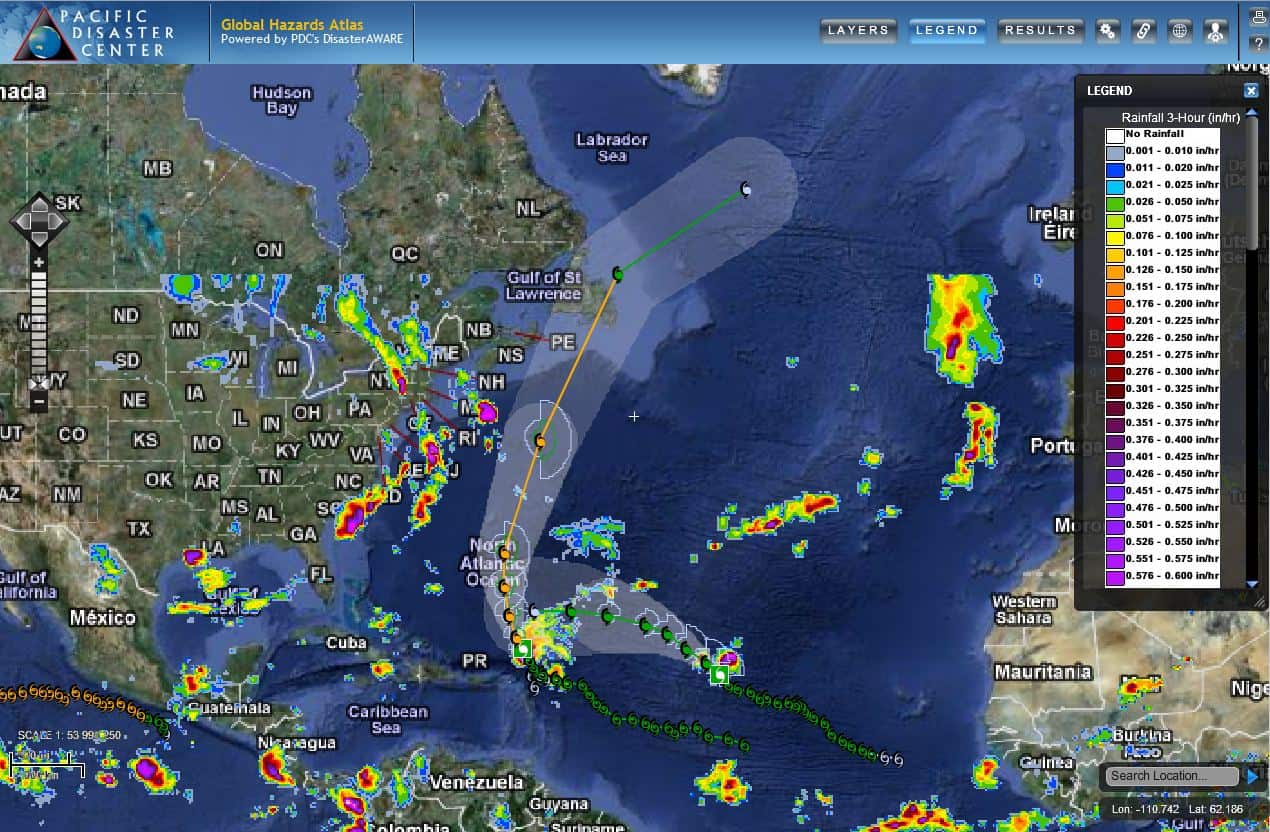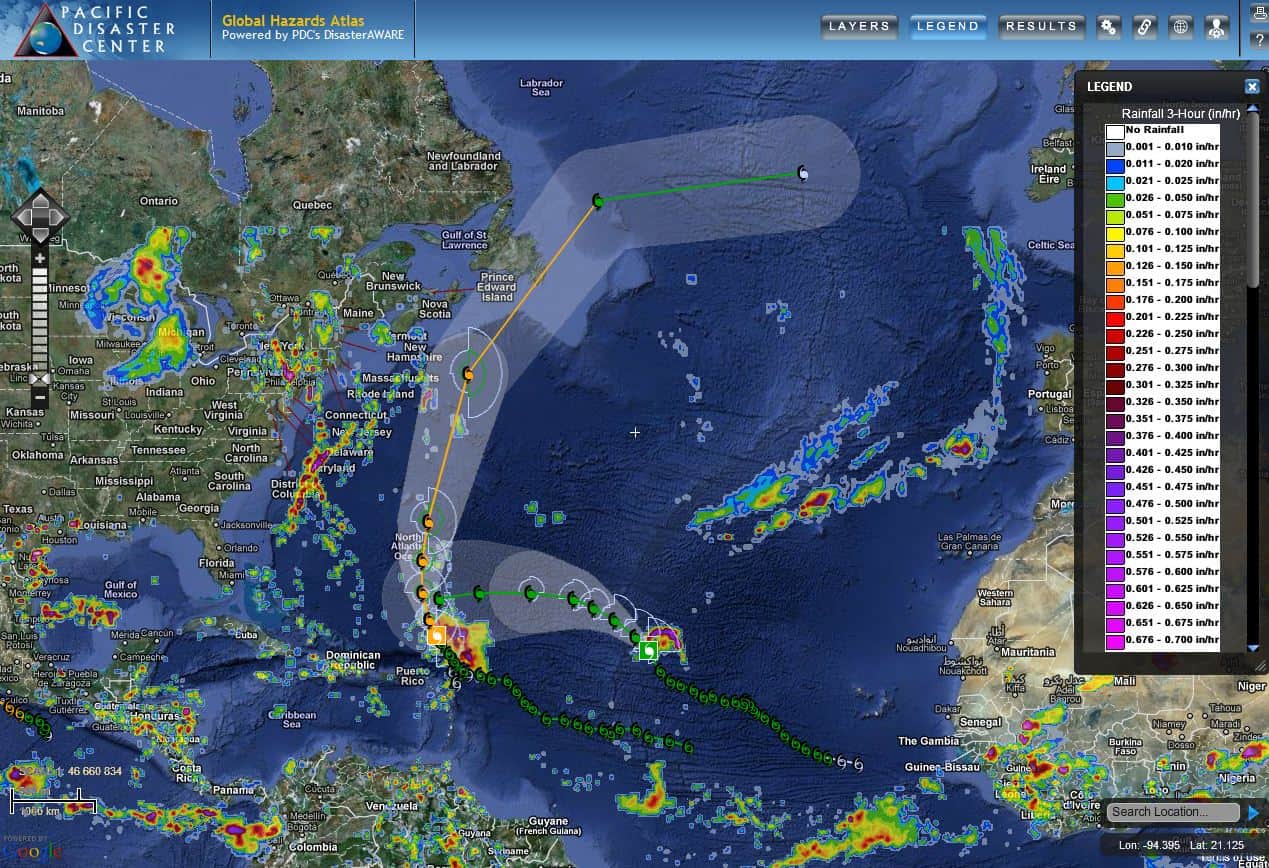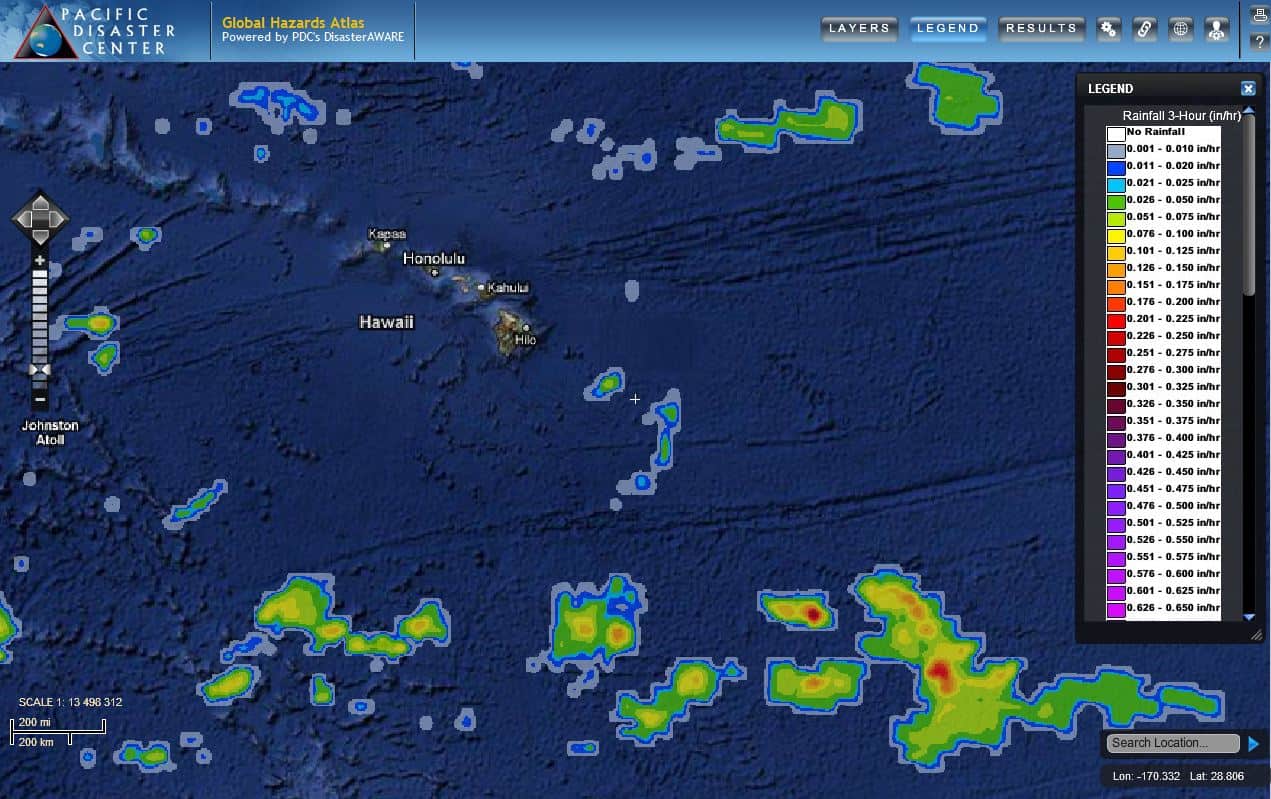President Laurentino Cortizo Cohen’s administration has demonstrated a clear commitment to building a safer Panama through evidence based DRR actions. In August of 2021, the President signed Decree 251, formally establishing the Comprehensive Disaster Risk Management Cabinet (GIRD) with the purpose of serving as an advisory body of the Executive Branch.
The purpose of GIRD is to promote guidelines, national policies, strategic plans, and programs aimed at reducing disaster risks. Understanding that DRR requires a multi-agency approach, the newly established cabinet includes representation from several national ministries, the national disaster management organization SINAPROC, and key external partners such as the World Bank, United Nations Office for Disaster Risk Reduction, and USAID.
During the first session of Panama’s newly established Cabinet, the President invited several expert agencies to offer perspectives and recommendations on priorities and actions to be taken. Kicking off the Cabinet session, the University of Hawaiʻi’s Pacific Disaster Center (PDC) presented new findings from its national baseline assessment in Panama. Conducted in collaboration with Panama’s Ministry of Government and SINAPROC, PDC’s assessment offered a detailed multi-hazard risk profile of the nation as well as its 13 provinces. It also included a comprehensive disaster management analysis with recommendations for achieving advanced capacity.
“This assessment allows decision makers to align capacity development efforts with priority needs while supporting Panama’s national commitments under the United Nations Sendai Framework,” said PDC’s Director of Applied Science and Analytics, Dr. Joseph Green. He emphasized that Panama maintains a strong disaster management capacity supported by the unique partnerships with international organizations and agencies headquarters within their borders.
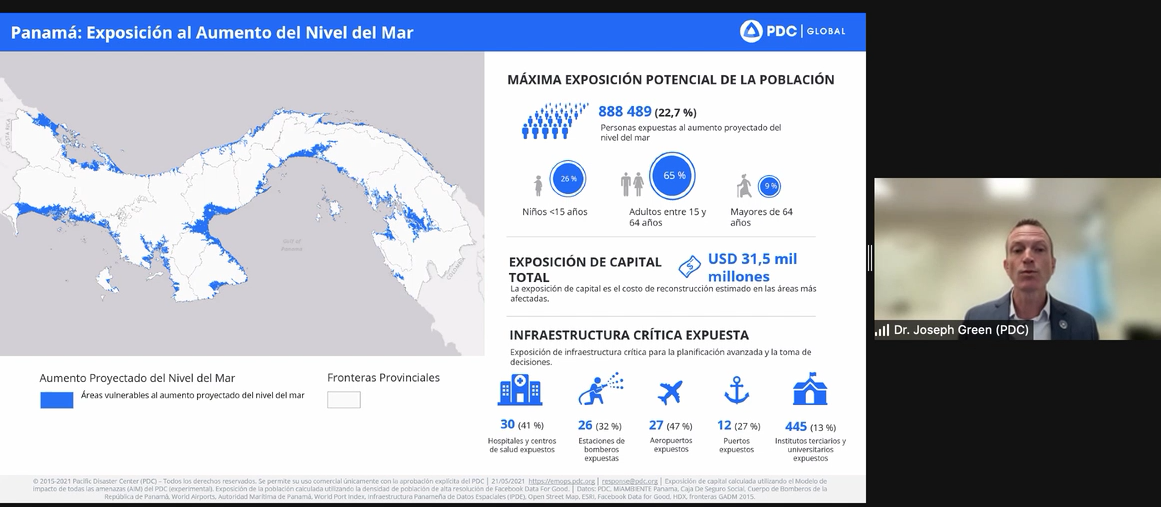
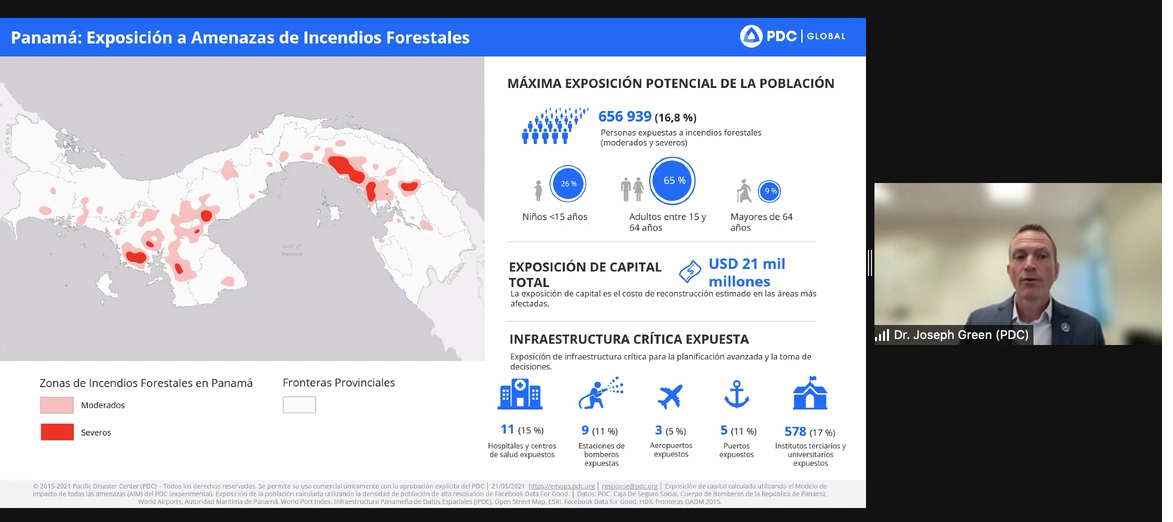
Pictured above: Exposure products developed by PDC leveraging national data provided through the national baseline assessment,
Joaquín Toro, leading specialist in disaster risk management in Latin America for the World Bank, highlighted the Government of Panama’s commitment to the professionalization and institutionalization of disaster management within the country. Mr. Toro also illustrated how PDCs Assessment and findings were in line with other important initiatives and expressed support for the new Cabinet and its contribution to the modernization of Panama’s institutional structures and sustainable development goals.
SINAPROC and the Ministry of Government also presented on their efforts which included numerous updates to Panama’s national plans for disaster risk reduction and disaster management capacity development.
Panama’s Minister of Government, Janaina Tewaney Mencomo, echoed earlier sentiments, explaining how the installation of the Cabinet will help the nation responsibly face the challenges that the world, and therefore the nation, will face including climate change and other adverse events.
At the closing of the Cabinet meeting, the President recommended continued collaboration between key stakeholders including PDC and World Bank, committing to ongoing support for national efforts to mitigate disaster risks and protect all of Panama’s citizens into the future.
Follow us on Facebook
#SaferWorld #DisasterAWARE

